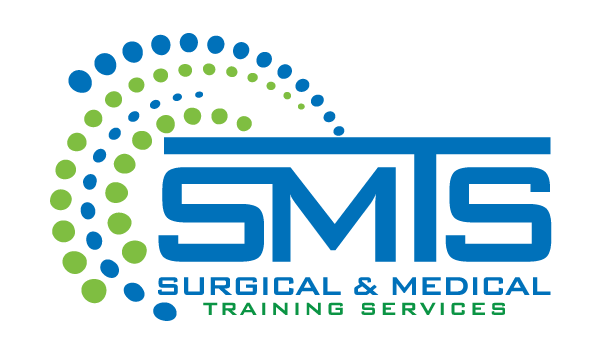The decision that a patient makes to have cosmetic plastic surgery is incredibly important. Breast augmentation has been contentious, at times, but has remained a leading procedure sought by women of all ages. One of the most crucial aspects of breast augmentation surgery is the decision between saline or silicone breast implants. As such, one of the most pivotal points in the consultation phase of care is to provide the fullest extent of information to each individual patient. Just the facts, Ma’am.
Every surgeon has personal preferences between the two types of implants. This includes innovative models such as the “gummy bear” implant and Ideal implants. What is the bottom line, though? What is the aspect of care that matters most for the patient? Here, we will discuss the potential differences in the appearance of saline versus silicone implants.
Silicone and Saline, Making the Comparison
Most physicians really do like silicone implants. The fact of the matter is that this material simply looks – and feels – more like natural breast tissue. This material is lighter; believe it or not, more durable in terms of longevity and it has a lower risk or rippling than saline. That being said, as a medical professional, any physician would do him or herself a disservice by offering only silicone implants. There is a large number of women who, regardless of physical characteristics, feel more comfortable with saline; period.
Still . . .
Still, the number one question most patients have when they are contemplating their choice between saline and silicone is “what will it look like?” Safety is one issue. To be frank, if a patient is worried at all about the overall safety of implants – will they be rejected? Will they mold?, etc. – they may postpone making the decision to obtain a consultation, let alone explore the differences between saline and silicone.
Training that Counts
Breast augmentation surgery is complex. There is no way around this fact. This means that training matters. The end result of breast augmentation is not achieved merely by the type of implant, but the shape and size of that implant in relation to the initial amount of breast tissue that is present. It depends on the material used as well as the way in which the implant is filled; top-heavy or teardrop shaped, etc.
Is it time to obtain training in the use of breast implants? See how SMTS – Surgical & Medical Training Services can help. Call (888) 801-9444.

